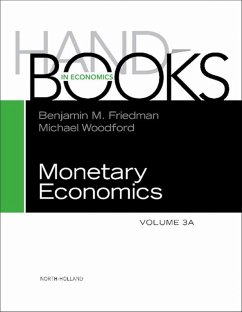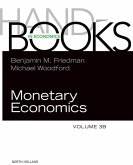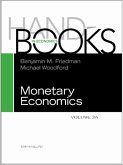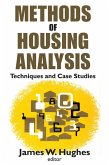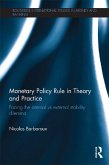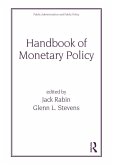World-renowned contributors examine recent evidence on subjects as varied as price-setting, inflation persistence, the private sector's formation of inflation expectations, and the monetary policy transmission mechanism. Stopping short of advocating conclusions about the ideal conduct of policy, the authors focus instead on analytical methods and the changing interactions among the ingredients and properties that inform monetary models. The influences between economic performance and monetary policy regimes can be both grand and muted, and this volume clarifies the present state of this continually evolving relationship.
- Explores the models and practices used in formulating and transmitting monetary policies
- Raises new questions about the volume, price, and availability of credit in the 2007-2010 downturn
- Questions fiscal-monetary connnections and encourages new thinking about the business cycle itself
- Observes changes in the formulation of monetary policies over the last 25 years
Dieser Download kann aus rechtlichen Gründen nur mit Rechnungsadresse in A, B, BG, CY, CZ, D, DK, EW, E, FIN, F, GR, HR, H, IRL, I, LT, L, LR, M, NL, PL, P, R, S, SLO, SK ausgeliefert werden.
Martin Shubik, Yale University
Monetary Economics has made great strides since the HANDBOOK OF MONETARY ECONOMICS, Volumes 1 and 2 was published. In Volumes 3A and 3B you will find surveys, written by leaders in their fields, of new work on foundations, the transmission mechanism, adaptive learning and expectation formation, optimal monetary policy, constraints on monetary policy, robustness in macroeconomics, monetary policy in practice, and much more, as well as applications to the latest crises.Every economist will want these volumes placed within easy reach on their bookshelf.
William A. Brock, University of Wisconsin, Madison

